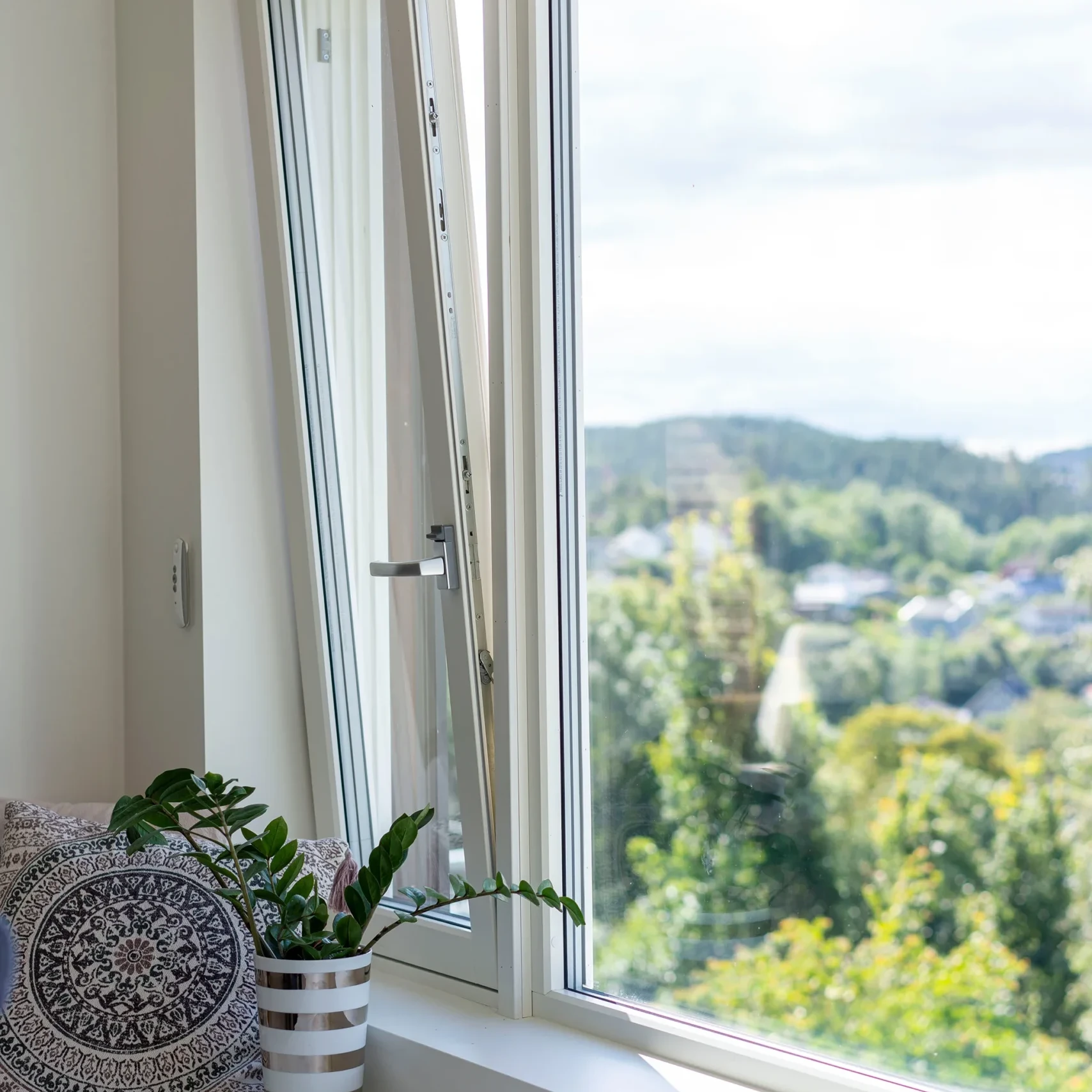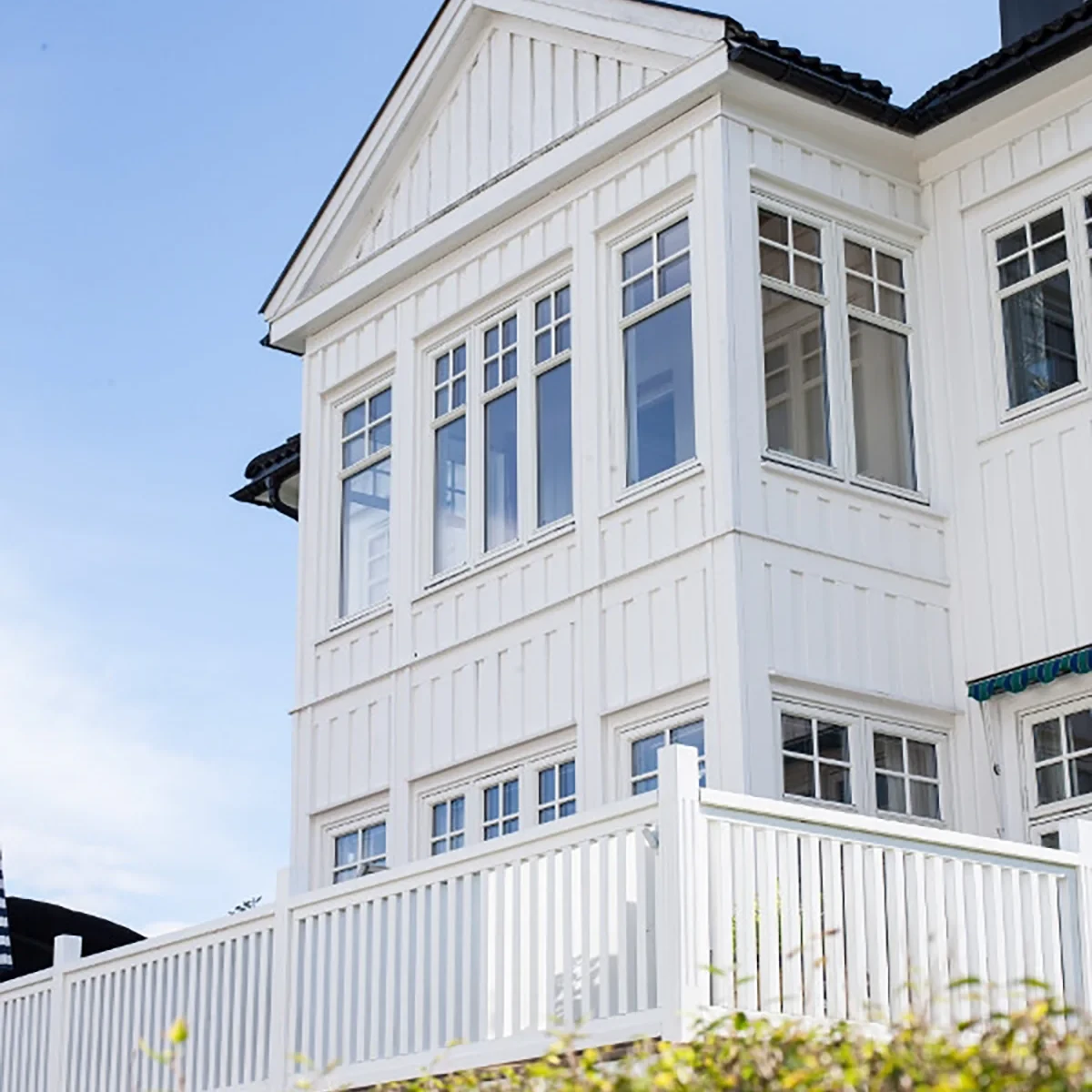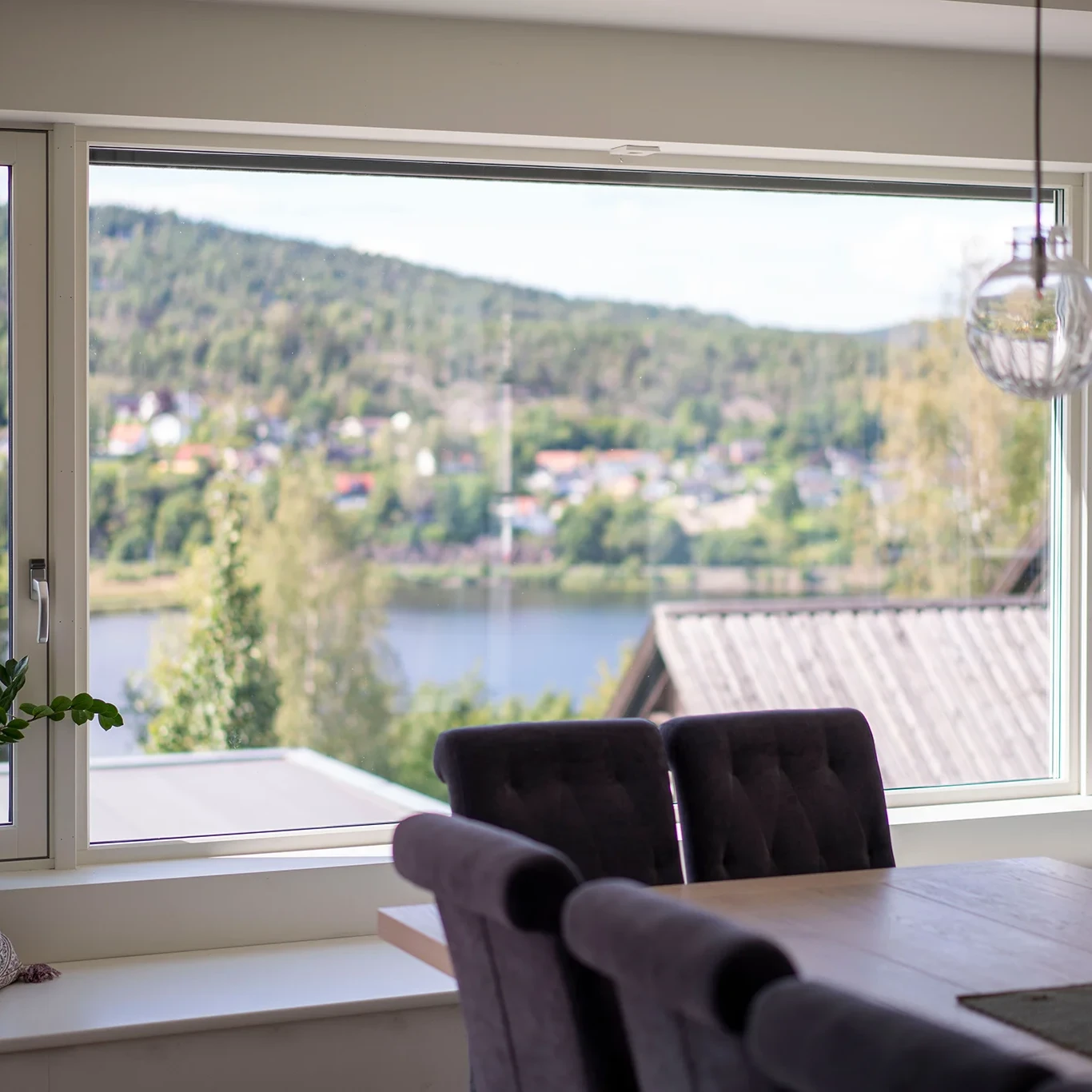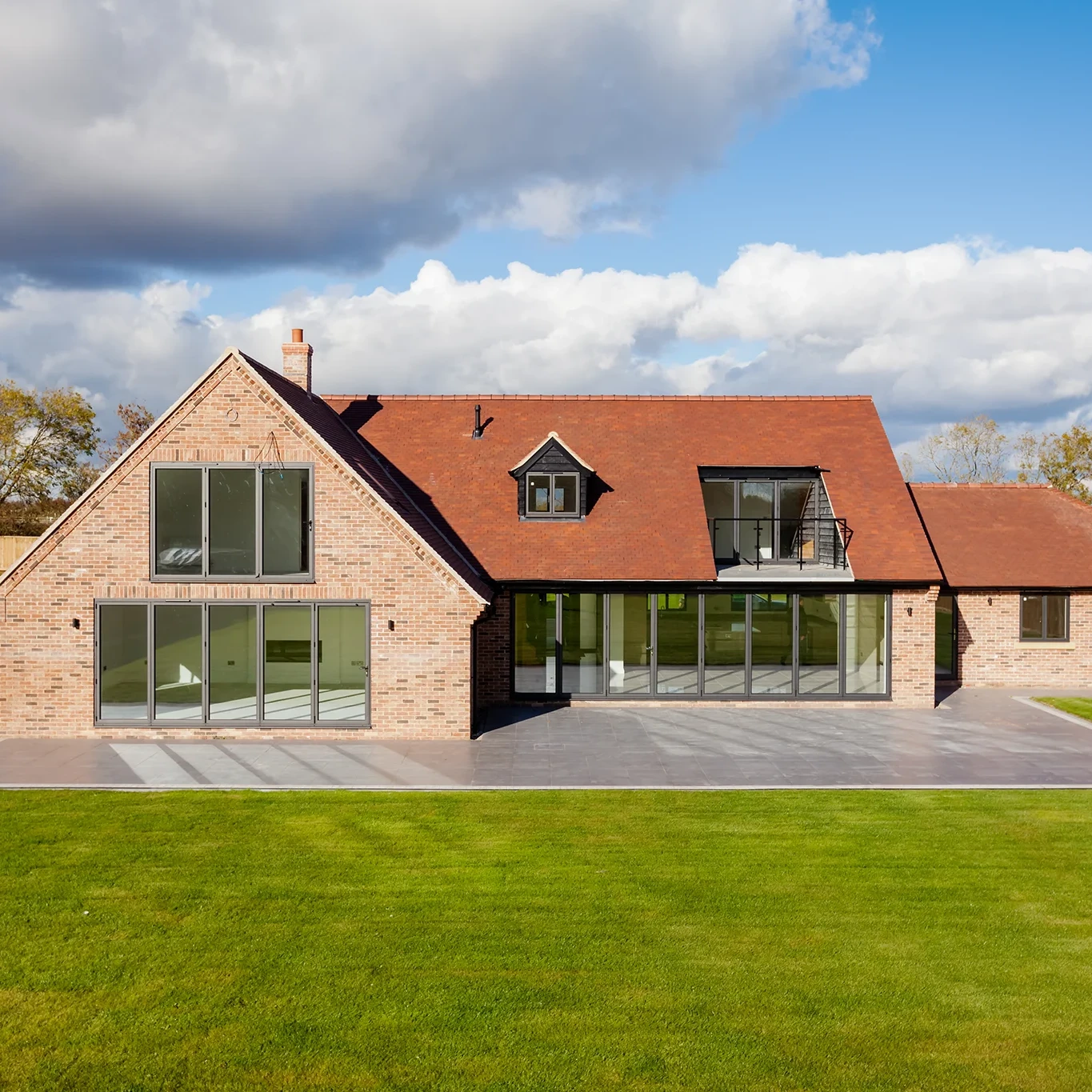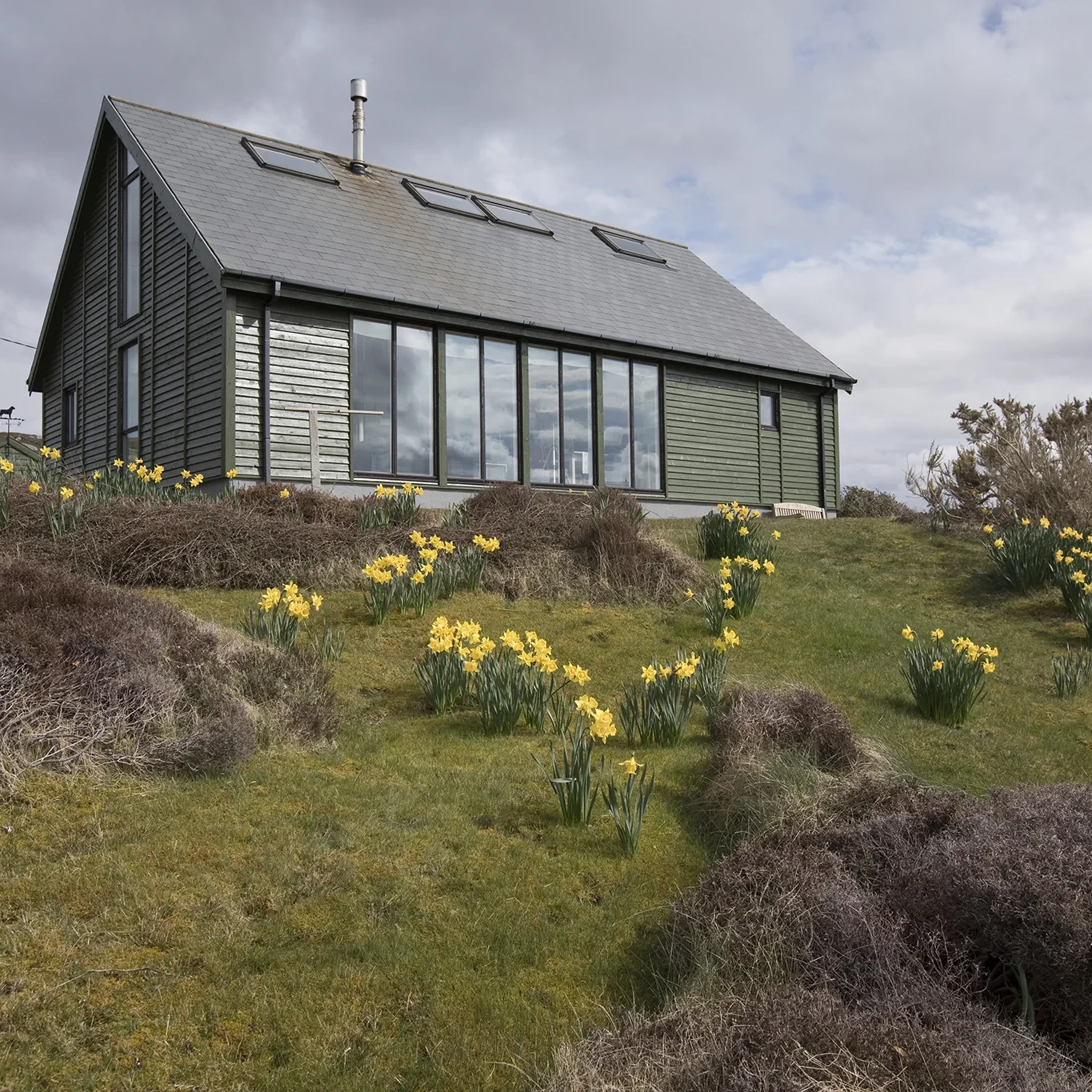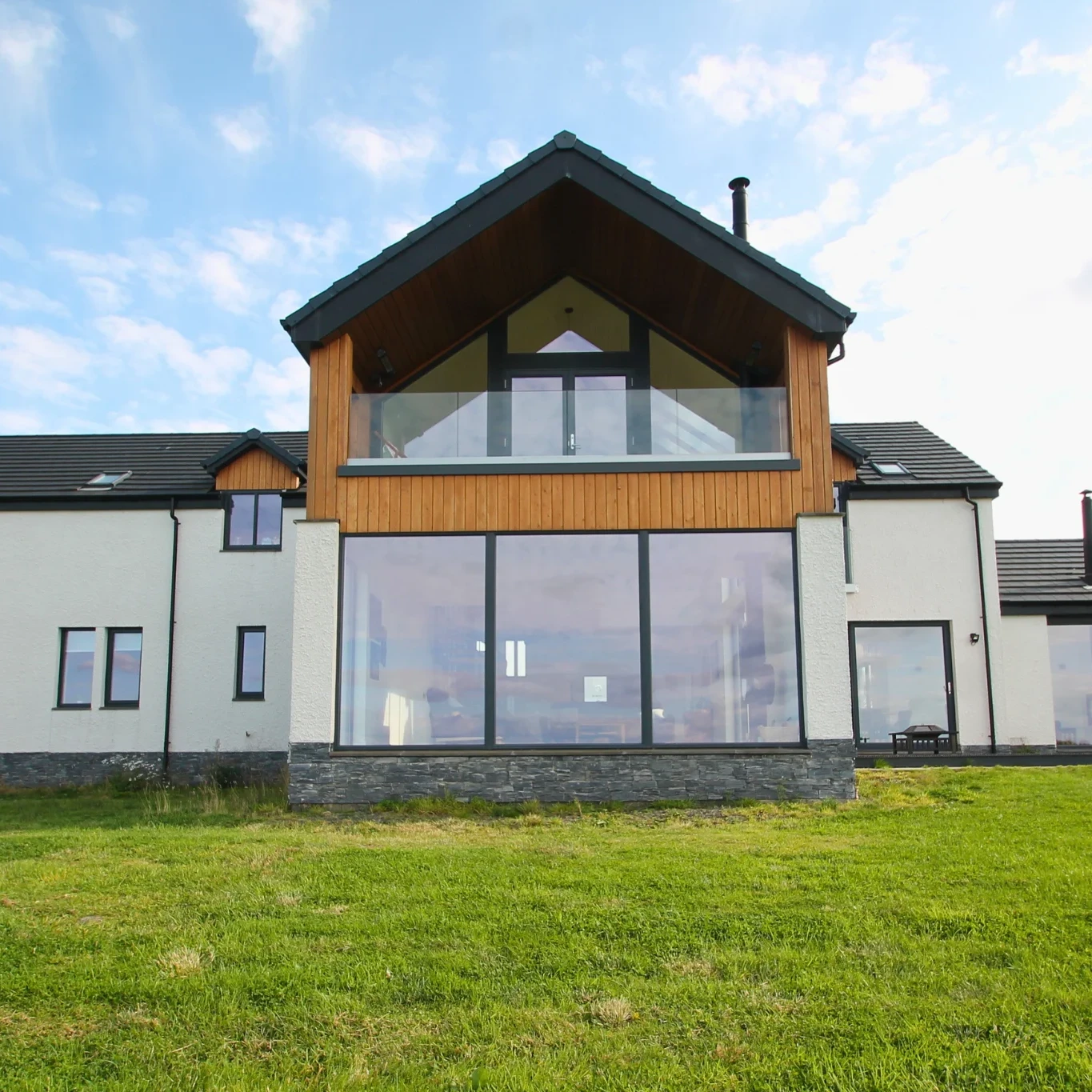⸻ Wolf Line Blog
Energy Efficiency and Sustainable Architecture
In an era where sustainability and energy efficiency are paramount, the Passivhaus (or Passive House) standard offers a compelling solution for homeowners and builders. Developed in the late 20th century, Passivhaus represents a rigorous, voluntary standard for energy efficiency in buildings, significantly reducing their ecological footprint. This blog post explores the principles of Passivhaus, its benefits, and why it is a smart choice for those seeking a sustainable and cost-effective living environment.
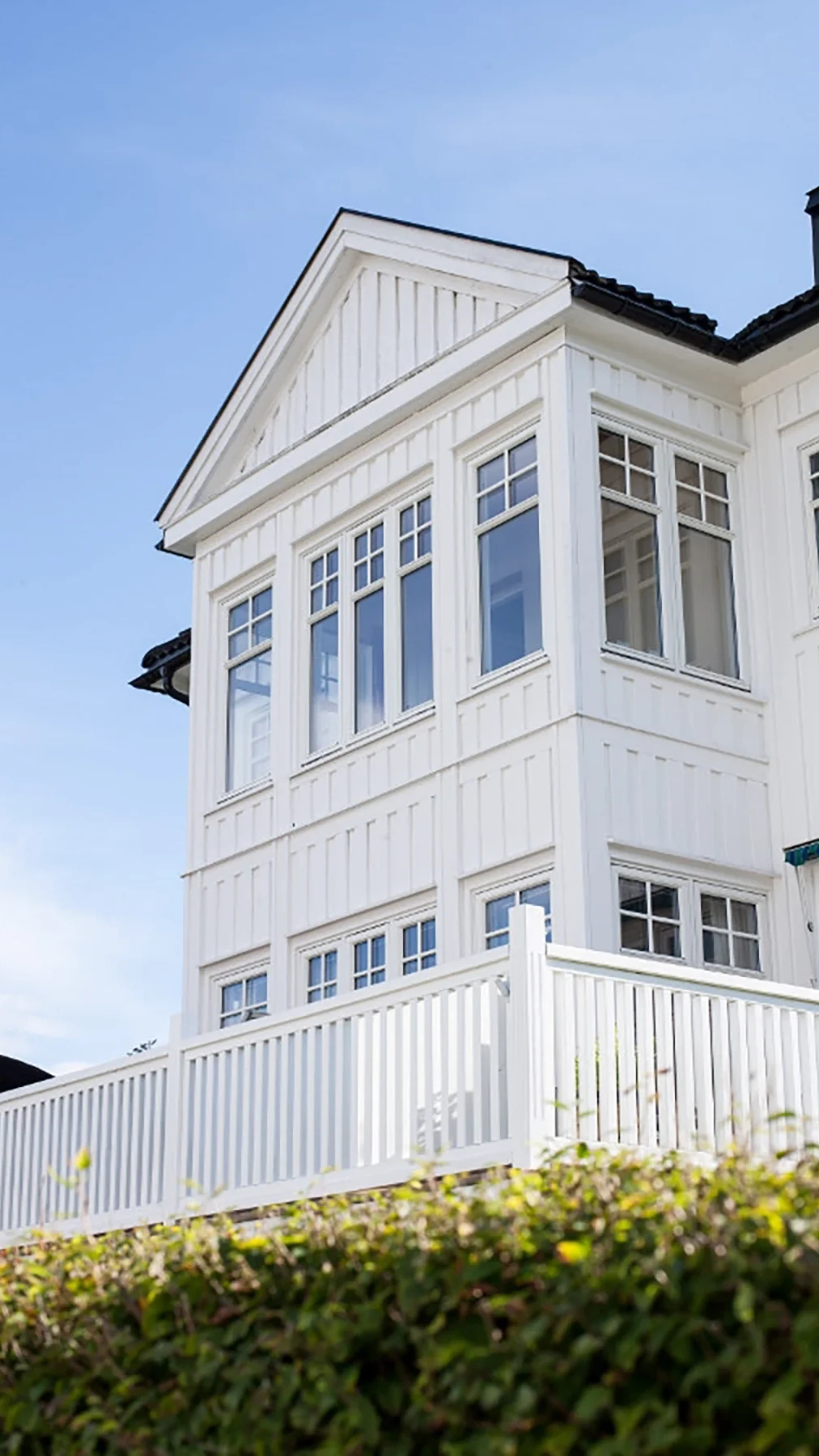
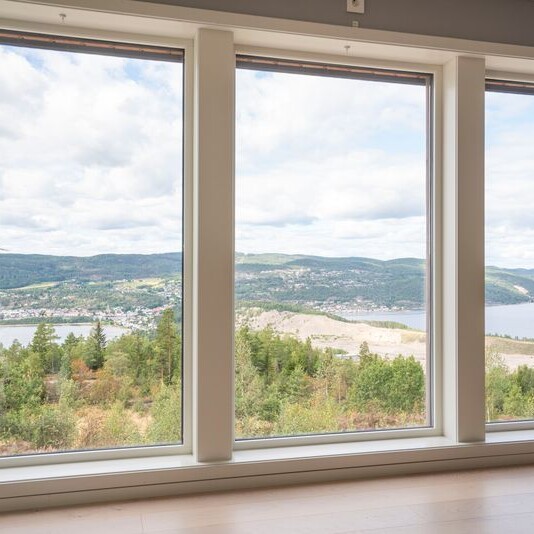
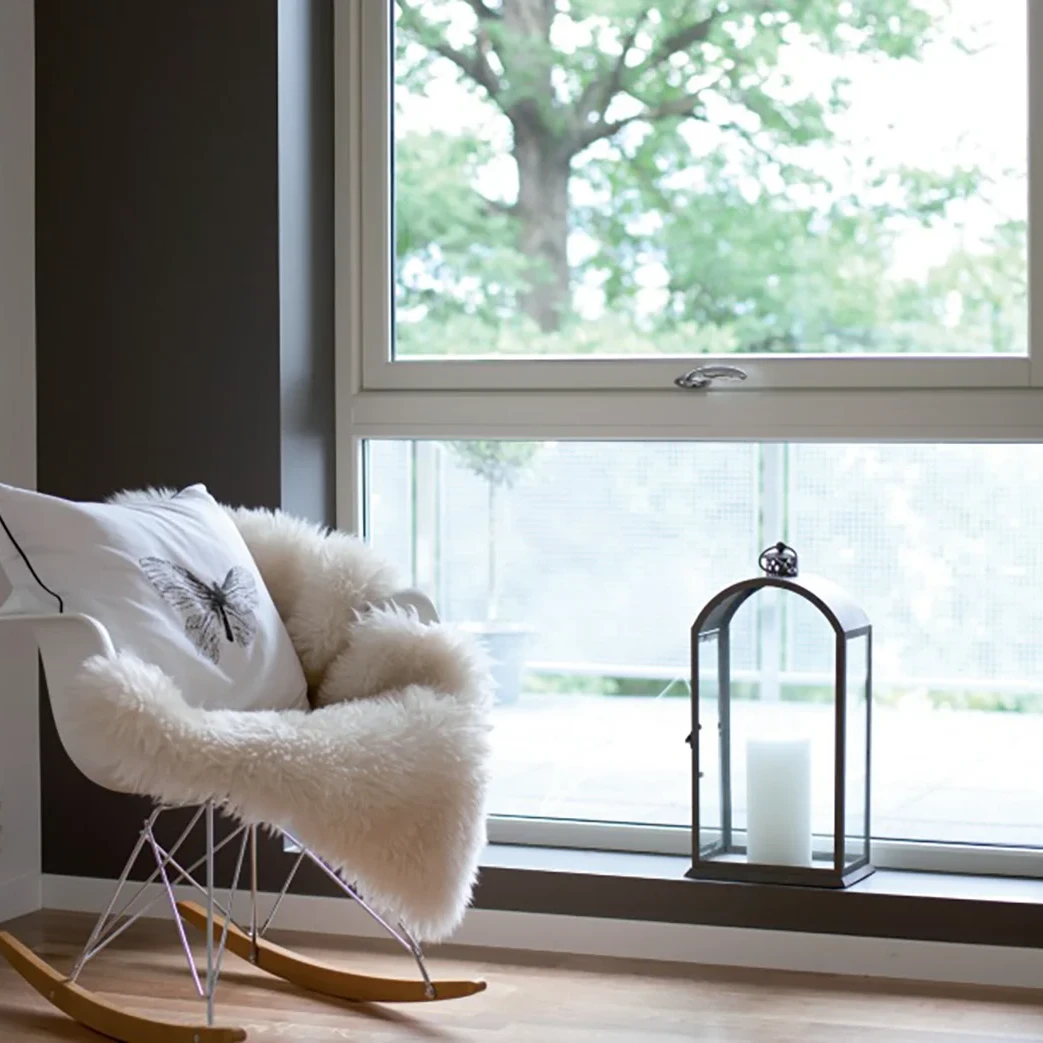
⸻ Passivhaus Windows and Doors
What is Passivhaus?
Passivhaus is a building standard that focuses on creating ultra-low energy buildings through design principles that maintain consistent indoor temperatures and air quality, regardless of external conditions. Originating in Germany, the term “Passivhaus” literally means “passive house.” It is designed to achieve high levels of energy efficiency by minimising the need for heating and cooling, thus significantly lowering energy consumption and environmental impact.
Key Principles of Passivhaus:
High levels of insulation are essential to prevent heat loss in winter and heat gain in summer. Walls, roofs, and floors are constructed with materials that provide exceptional thermal resistance.
Passivhaus buildings are constructed to be extremely airtight, preventing air leakage which can cause energy loss. Airtightness is measured using a blower door test, ensuring the building meets stringent standards.
Windows in Passivhaus buildings are typically triple-glazed and designed to minimise heat transfer. They also often have insulated frames and low-emissivity coatings.
Mechanical ventilation systems with heat recovery (MVHR) ensure a constant supply of fresh air while recovering heat from outgoing stale air. This maintains indoor air quality and conserves energy.
Construction details are meticulously planned to avoid thermal bridges—areas where heat can bypass insulation, leading to energy loss.
Buildings are designed to take advantage of passive solar gain, with large, south-facing windows to maximise sunlight in winter and shading elements to prevent overheating in summer.
⸻ Passive House Doors and Windows
Benefits of Passivhaus
The primary benefit of Passivhaus is its outstanding energy efficiency. Passivhaus buildings consume up to 90% less heating and cooling energy compared to conventional buildings. This is achieved through the stringent application of the principles mentioned above, resulting in a building that requires minimal energy to maintain comfortable indoor conditions.
While the initial construction costs of a Passivhaus might be higher due to the need for high-quality materials and precise construction techniques, the long-term savings are significant. Lower energy bills and reduced maintenance costs contribute to substantial financial savings over the building’s lifespan.
Passivhaus buildings maintain a consistent indoor temperature throughout the year, eliminating drafts and cold spots. The superior air quality provided by the MVHR systems also ensures a healthier living environment, free from allergens and pollutants.
By drastically reducing the energy consumption of buildings, Passivhaus contributes to lowering greenhouse gas emissions. This aligns with global efforts to combat climate change and promotes a sustainable future.
The growing awareness and demand for energy-efficient and sustainable homes mean that Passivhaus buildings often have a higher resale value. They are viewed as a wise investment, reflecting the increasing market preference for environmentally responsible properties.



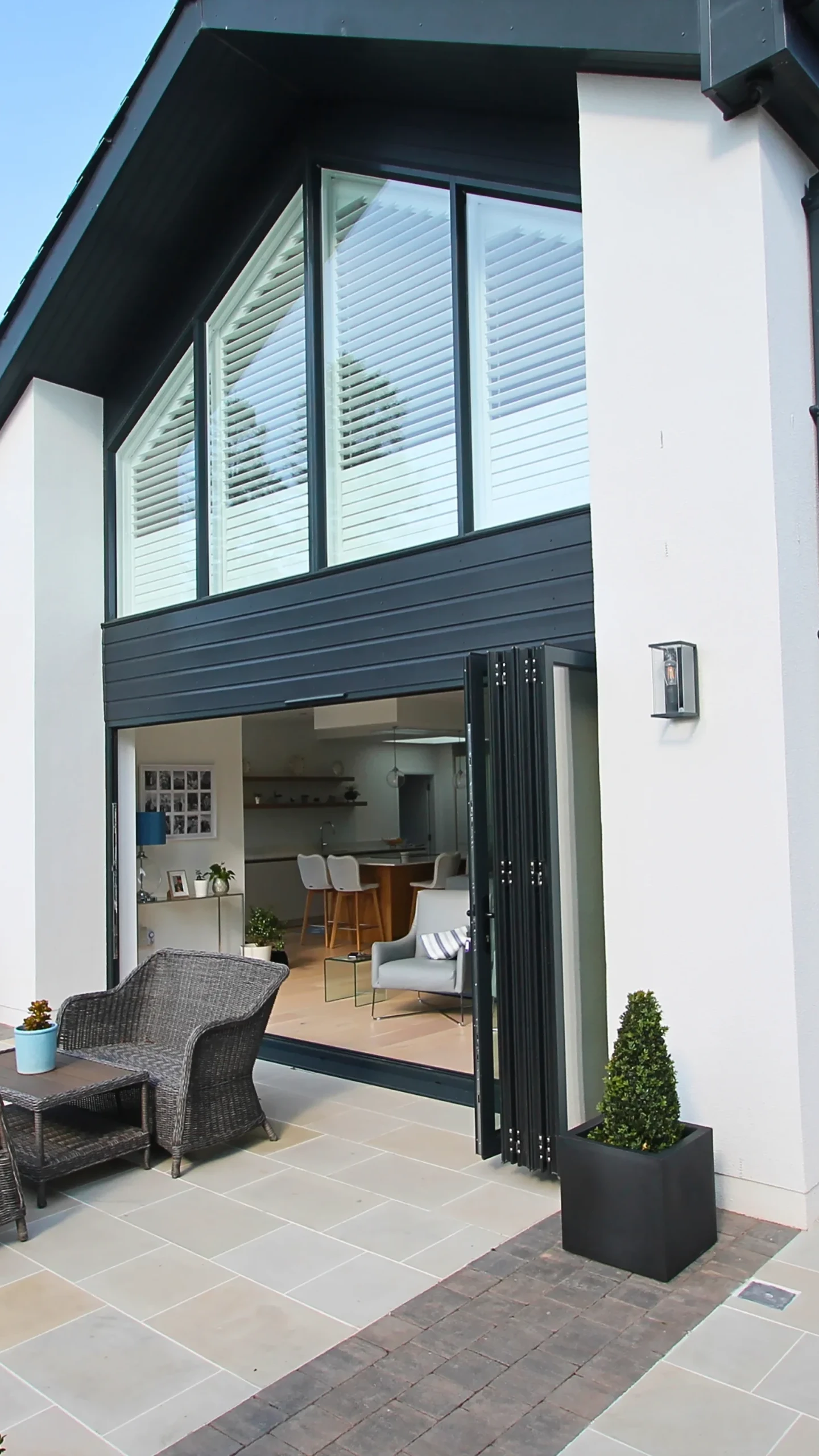
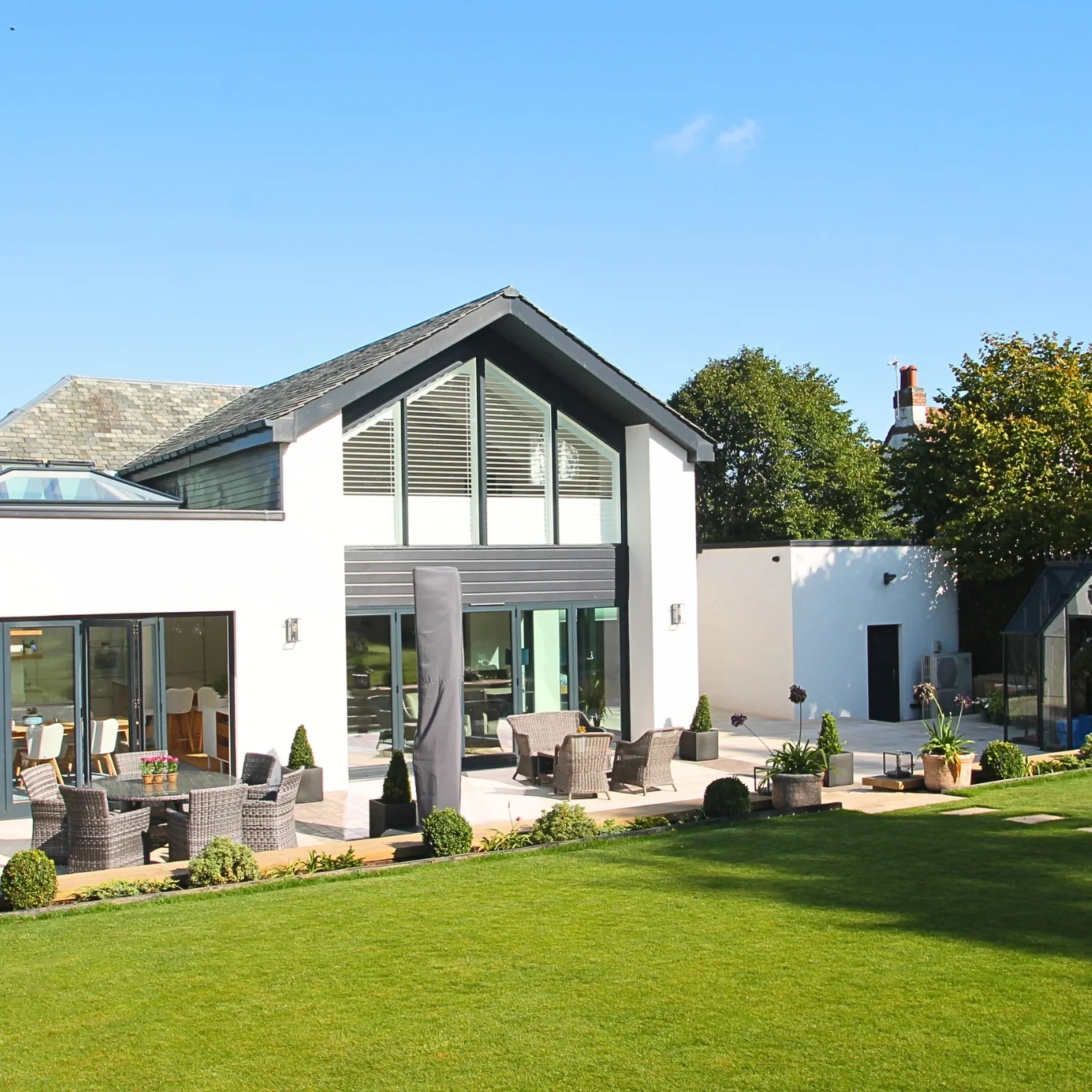
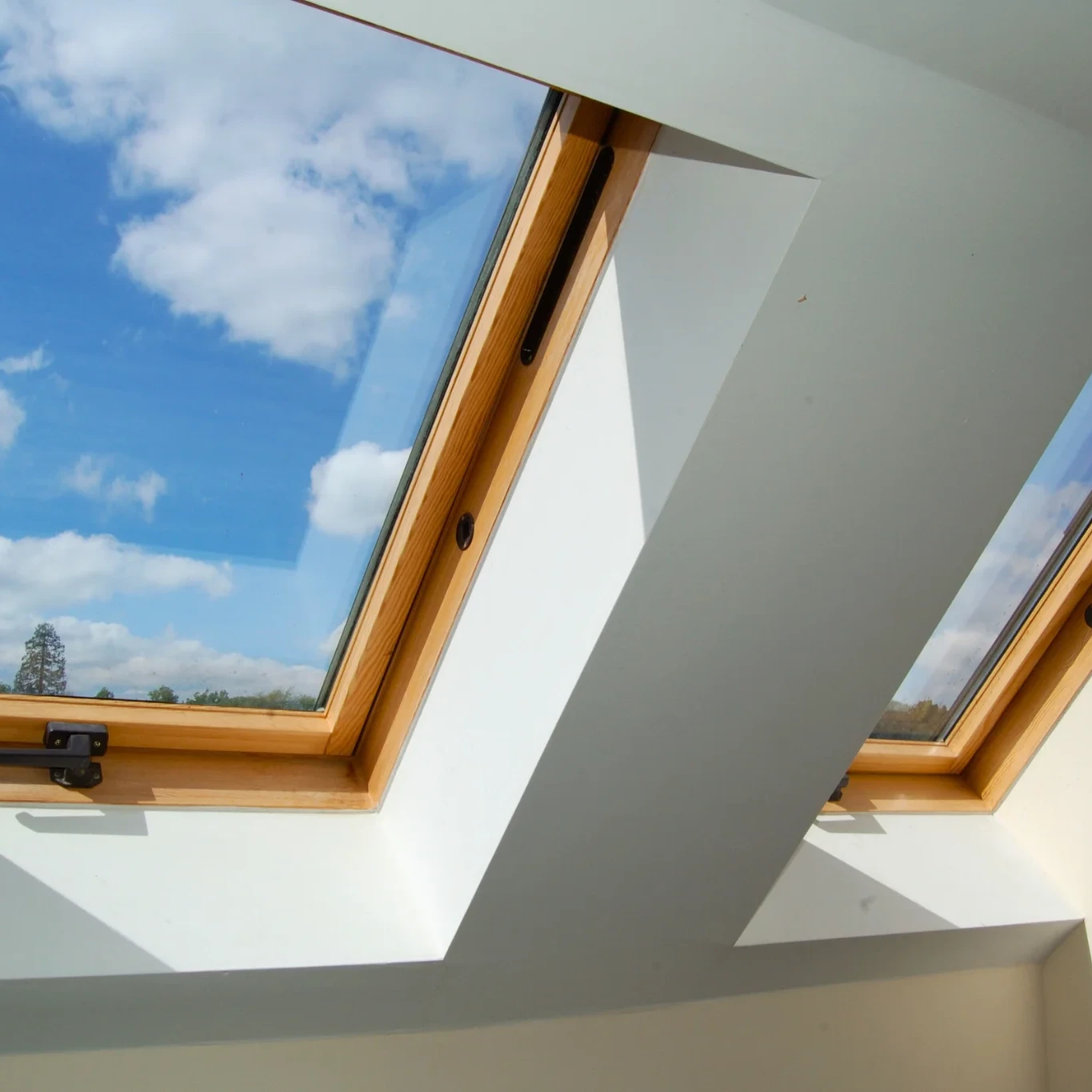
⸻ Conclusion
Why Consider Passivehaus?
The Passivhaus standard offers a comprehensive approach to building energy-efficient, comfortable, and sustainable homes. By adhering to its principles, homeowners can enjoy significant cost savings, enhanced comfort, and a reduced environmental footprint. As the world continues to prioritise sustainability, Passivhaus stands out as a leading solution in the pursuit of energy-efficient and environmentally friendly architecture. Embracing Passivhaus is not just an investment in a building, but an investment in a sustainable future.
